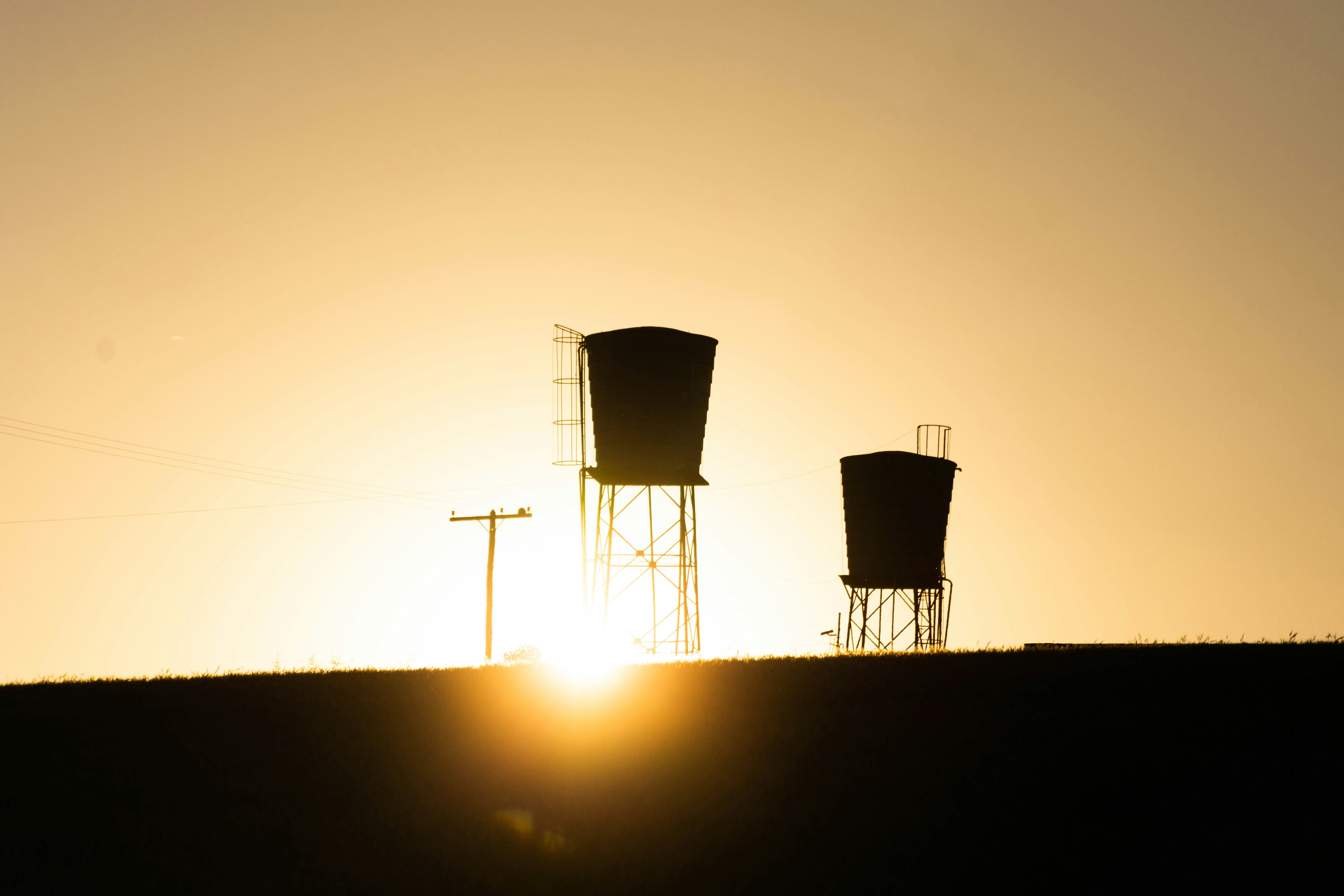The Challenges and Innovations in Storm and Disaster Cleanup: Restoring Communities After Catastrophe

Strong 8k brings an ultra-HD IPTV experience to your living room and your pocket.
Introduction
Natural disasters, including hurricanes, tornadoes, floods, and wildfires, have devastating consequences for communities worldwide. Storm and disaster cleanup is a critical step in restoring normalcy and ensuring safety for affected populations. However, cleanup efforts come with immense challenges, ranging from logistical obstacles to environmental concerns. Innovations in technology and policy have improved disaster response, but more work is needed to enhance efficiency and effectiveness. This article explores the difficulties faced in post-disaster cleanup and highlights innovative solutions that are transforming the industry.
Challenges in Storm and Disaster Cleanup
1. Infrastructure Damage and Accessibility Issues
One of the biggest hurdles in post-disaster cleanup is the destruction of infrastructure. Roads, bridges, and power lines are often severely damaged, making it difficult for emergency responders and cleanup crews to reach affected areas. In the case of Hurricane Katrina in 2005, over 1,800 people died, and entire neighborhoods were left inaccessible for weeks.
2. Debris Removal and Waste Management
After a major storm, enormous amounts of debris accumulate, including fallen trees, damaged vehicles, and hazardous materials. The Federal Emergency Management Agency (FEMA) estimated that Hurricane Harvey in 2017 generated over 13 million cubic yards of debris—enough to fill over 4,000 Olympic-size swimming pools. Disposing of such large volumes of waste requires coordinated efforts between government agencies, private contractors, and environmental organizations.
3. Health Hazards and Contaminants
Floodwaters often contain toxic chemicals, raw sewage, and mold, posing significant health risks. Exposure to these contaminants can lead to respiratory issues, skin infections, and waterborne diseases. The long-term health effects of post-disaster conditions remain a major concern for both residents and cleanup workers.
4. Lack of Resources and Funding
Disaster cleanup is expensive, and many communities lack the necessary funding. FEMA and other agencies provide financial assistance, but bureaucratic delays can slow down the process. Small towns and economically disadvantaged areas often struggle the most, as they lack the tax base and emergency reserves to fund large-scale cleanup efforts.
5. Coordination Among Multiple Agencies
Post-disaster recovery requires collaboration between federal, state, and local agencies, as well as private contractors and nonprofits. However, bureaucratic red tape and poor communication can hinder these efforts. Following Hurricane Maria in Puerto Rico (2017), delays in federal assistance and mismanagement slowed cleanup and recovery efforts, leaving residents without basic necessities for months.
Innovations in Storm and Disaster Cleanup
1. Advanced Drones and AI-Powered Assessments
Drones equipped with high-resolution cameras and AI-powered software are revolutionizing disaster assessment and cleanup planning. These drones can quickly survey large areas, identify hazardous conditions, and map out cleanup strategies. According to a World Economic Forum report, drones reduced post-hurricane damage assessments from days to hours in recent disasters, allowing responders to act more swiftly.
2. Robotic Cleanup Solutions
Autonomous robots are increasingly being used to assist with debris removal and hazardous waste cleanup. Robots equipped with sensors and AI can safely navigate dangerous environments, reducing the risk to human workers. For example, robotic bulldozers and automated sorting systems are being tested in disaster-prone regions to enhance efficiency.
3. Eco-Friendly Waste Management Techniques
New recycling and repurposing methods are reducing the environmental impact of disaster debris. In some cases, debris from destroyed buildings is being turned into construction materials for rebuilding efforts. Companies specializing in sustainable waste management are developing technologies that convert organic debris into biofuel or compost, reducing landfill waste.
4. Mobile Water Purification Units
In flood and hurricane-affected areas, access to clean drinking water is a critical issue. Mobile water purification systems, such as solar-powered filtration units, can provide safe drinking water to displaced residents. Organizations like the Red Cross and UNICEF are investing in these systems to improve emergency response efforts.
5. Crowdsourced Volunteer Networks
Technology is also facilitating better coordination of volunteers. Platforms like Crisis Cleanup and local community apps allow volunteers to register their availability and match with cleanup efforts. These tools help maximize resources and speed up the restoration process by connecting people with specific skills to areas in need.
The Role of Government and Private Sector in Cleanup Efforts
Governments play a crucial role in disaster cleanup through funding, policy-making, and infrastructure development. However, private companies and nonprofits also contribute significantly. Partnerships between governments and private industries have led to advancements in technology, funding, and efficient response strategies. For example, Tesla’s deployment of solar energy solutions in hurricane-hit regions has helped restore power more quickly than traditional grid repairs.
Case Studies of Effective Disaster Cleanup
1. Japan’s Rapid Response to Earthquakes and Tsunamis
Japan has developed one of the most efficient disaster response systems in the world. After the 2011 Tōhoku earthquake and tsunami, the government and private sector collaborated to clear debris and restore infrastructure in record time. Pre-existing disaster preparedness measures and innovative construction techniques played a significant role in minimizing long-term damage.
2. The Netherlands’ Flood Prevention and Management
The Netherlands, a country known for its vulnerability to flooding, has invested heavily in water management technology. The Dutch government has implemented smart flood control systems that help minimize storm damage, reducing the need for extensive cleanup efforts after disasters.
Conclusion
The challenges of storm and disaster cleanup are immense, but innovations in technology, waste management, and coordination efforts are making significant strides in improving response times and efficiency. The integration of AI, drones, eco-friendly solutions, and volunteer networks is transforming how communities recover from catastrophic events. While no solution can completely eliminate the devastation caused by natural disasters, continuous improvements in disaster preparedness and response can help restore communities more quickly and sustainably.
Governments, private companies, and communities must work together to adopt these innovations and invest in long-term disaster resilience. By doing so, societies can minimize the impact of future disasters and ensure a faster, safer, and more efficient recovery process.
Note: IndiBlogHub features both user-submitted and editorial content. We do not verify third-party contributions. Read our Disclaimer and Privacy Policyfor details.






